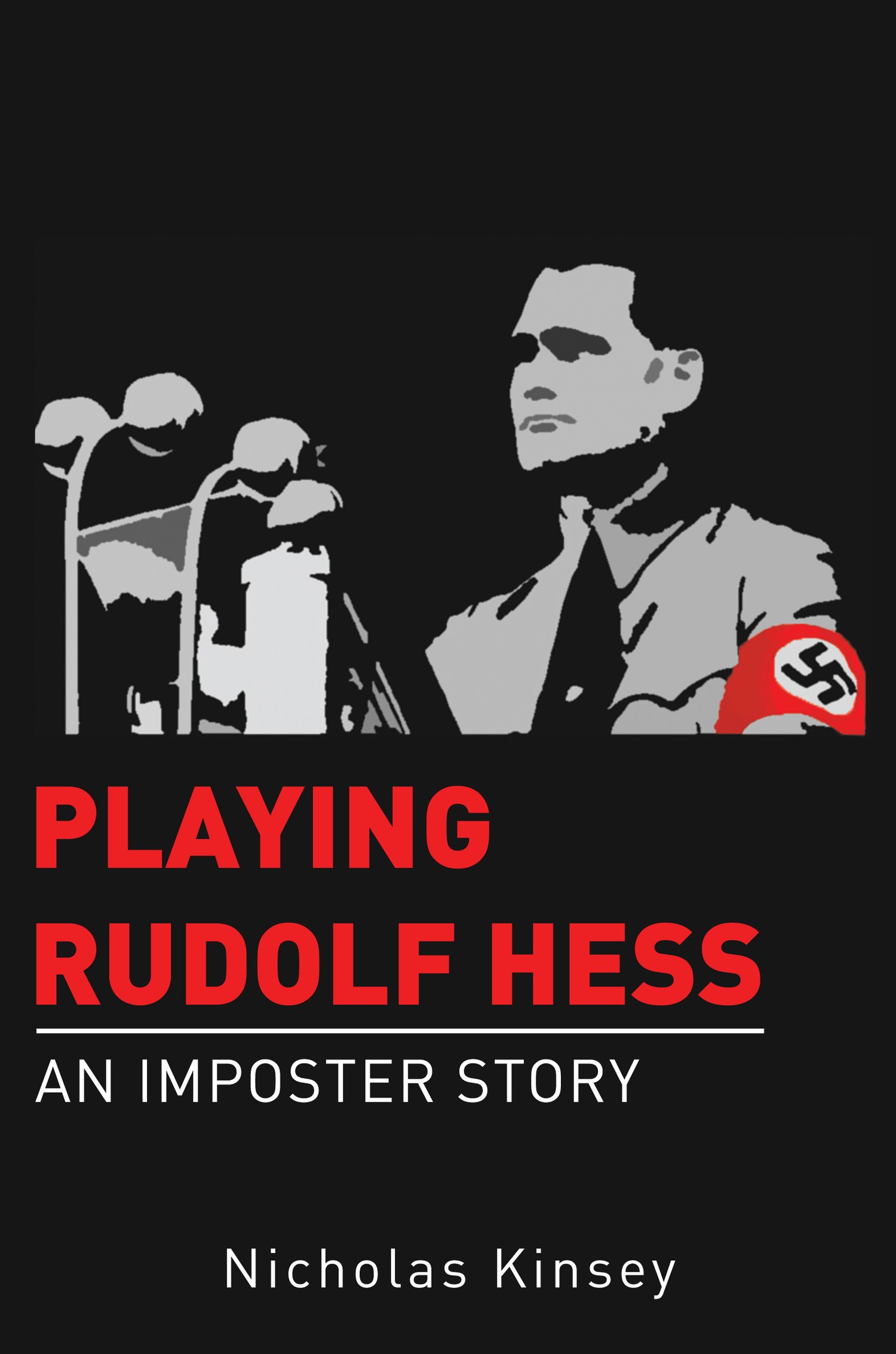
Playing Rudolf Hess
Latchmere House, London, 1941
"In the interrogation room, MI6 Major Frank Foley and Captain Short sat at a table with the chief interrogator, Lt-Colonel Robin ‘Tin Eye’ Stephens in his Gurkha uniform and monocle. Hess in his Luftwaffe uniform was brought in, limping on his right leg.
“Can I have a chair, sir? My ankle is hurting,” Hess complained.
“Hauptmann Horn, you are in a British Secret Service prison at the present time," said Stephens, glaring at the prisoner. "You are a prisoner of war. You will remain standing. It is our job to determine who you are, be it Hauptmann Horn, Rudolf Hess, or just some bad actor. Verstehen Sie?”
An officer came in and handed a message to Stephens.
“Wo sind Ihre Papiere? Where are your papers?”
“I lost them, sir.”
“Keinen Ausweis, Herr Horn? No identity card, no Nazi party membership card, no passport. Well, if you pretend to be the Deputy Reichsminister, you must remember your party card number?”
“I forget.”
“I thought Hess was an early member of the party?”
“Yes, sir.”
“Could it be number 24 or maybe number 16?”
Hess looked truly stumped by the question and scratched his head."
